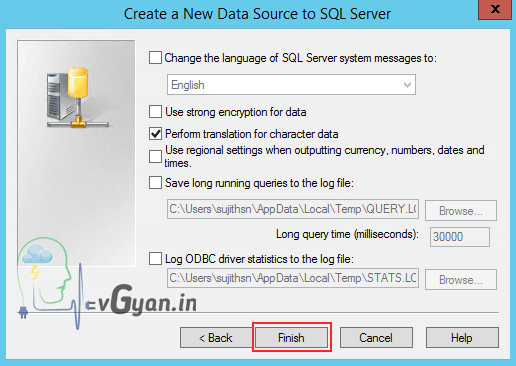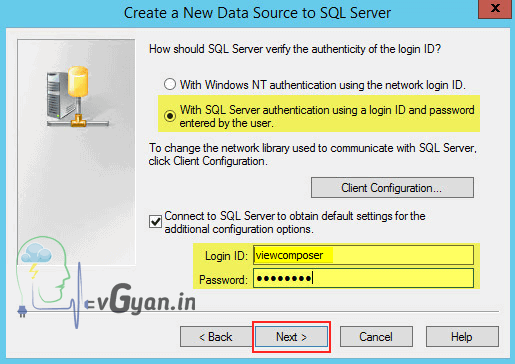

- Vmware view 6.1 teradici pcoip firmware 4.6.1 install#
- Vmware view 6.1 teradici pcoip firmware 4.6.1 upgrade#
- Vmware view 6.1 teradici pcoip firmware 4.6.1 software#
- Vmware view 6.1 teradici pcoip firmware 4.6.1 windows#
Supported View Desktop Operating Systems on page 7 Administrators create virtual machines with a guest operating system and install View Agent in the guest operating system. System Requirements for Linux Clients on page 6 You can install View Client for Linux on PCs that use the Ubuntu Linux or operating system. 5Ħ Installation and Configuration Setting up a View deployment for Linux clients involves meeting the system requirements for Linux clients, downloading and installing View Client for Linux, and configuring security and performance settings on the Linux client systems. View Client Command Usage and Configuration Settings on page 17 You can configure View Client using command-line options or equivalent properties in a configuration file. Troubleshooting View Client on page 17 You can solve most problems with View Client by resetting the desktop or by reinstalling the VMware View Client.
Vmware view 6.1 teradici pcoip firmware 4.6.1 windows#
Using a Microsoft Windows Desktop on a Linux System on page 15 View Client for Linux supports some of the features included in View Client for Windows. For troubleshooting purposes, you can also reset a View desktop assigned to you and roll back a desktop you checked out. Managing Server Connections and Desktops on page 10 Use View Client to connect to View Connection Server or a security server and log in to or off of a View desktop. Installation and Configuration on page 6 Setting up a View deployment for Linux clients involves meeting the system requirements for Linux clients, downloading and installing View Client for Linux, and configuring security and performance settings on the Linux client systems. For information about the vendors and models for thin client devices, see the VMware Compatibility Guide, available on the VMware Web site. The features that are available for each thin client device, and the operating systems supported, are determined by the vendor and model and the configuration that an enterprise chooses to use. In addition, several VMware partners offer thin client devices for VMware View deployments. NOTE This document pertains to the View Client for Linux that VMware makes available on Ubuntu.

The information is written for experienced system administrators who are familiar with virtual machine technology and datacenter operations. This information is intended for administrators who need to set up a VMware View deployment that includes Linux client systems. The information in this document includes system requirements and instructions for installing and using View Client for Linux.
Vmware view 6.1 teradici pcoip firmware 4.6.1 software#
3ĥ 1 This guide, Using VMware View Client for Linux, provides information about installing and using VMware View software on a Linux client system to connect to a View desktop in the datacenter. Palo Alto, CA VMware, Inc.ģ Contents 1 Using VMware View Client for Linux 5 Installation and Configuration 6 System Requirements for Linux Clients 6 Supported View Desktop Operating Systems 7 Preparing View Connection Server for View Client 7 Install View Client for Linux 7 Configuring Certificate Checking for End Users 8 Enabling FIPS Mode on the Client 9 Configuring the PCoIP Client-Side Image Cache 9 Managing Server Connections and Desktops 10 Log In to a View Desktop for the First Time 11 Certificate Checking Modes for View Client 12 Switch Desktops 13 Log Off or Disconnect from a Desktop 13 Roll Back a Desktop 14 Using a Microsoft Windows Desktop on a Linux System 15 Feature Support Matrix 15 Internationalization 15 Keyboards and Monitors 16 Copying and Pasting Text 16 Troubleshooting View Client 17 Reset a Desktop 17 Uninstalling View Client 17 View Client Command Usage and Configuration Settings 17 Index 27 View Client Exit Codes 23 Redirecting a USB Device to a Remote Desktop 24 VMware, Inc.

All other marks and names mentioned herein may be trademarks of their respective companies. in the United States and/or other jurisdictions. VMware products are covered by one or more patents listed at VMware is a registered trademark or trademark of VMware, Inc.

and international copyright and intellectual property laws. If you have comments about this documentation, submit your feedback to: Copyright 2012 VMware, Inc. To check for more recent editions of this document, see ENĢ You can find the most up-to-date technical documentation on the VMware Web site at: The VMware Web site also provides the latest product updates.
Vmware view 6.1 teradici pcoip firmware 4.6.1 upgrade#
Upgrade and manage your existing PCoIP Remote Workstation Cards or buy more from our OEM partners to harness the power of high-end towers, blade servers, or rack workstations and connect users anywhere to their graphics intensive applications, designs, and images.View Client for Linux This document supports the version of each product listed and supports all subsequent versions until the document is replaced by a new edition.


 0 kommentar(er)
0 kommentar(er)
